Dust, Mold, and Hay Fever Allergies: Understanding and Managing Common Culprits
Allergies affect millions of individuals worldwide, with dust, mold, and hay fever being among the most common triggers. These allergens lurk in our environment, often going unnoticed until they provoke our bodies into an unwelcome response. Understanding these allergens is the first step toward managing their effects and improving your quality of life.
**Dust Allergies: More Than Just Dust Mites**
Contrary to popular belief, dust allergies are not solely a reaction to dust mites. Although these microscopic relatives of the spider are a predominant cause of dust allergies, sufferers can also react to cockroach droppings, pollen, and mold spores found in household dust. Symptoms can range from sneezing, itching, and watery eyes to asthma attacks.
*Management Strategies:*
– Regularly clean bedding, draperies, and other dust-collecting items in hot water.
– Use dust-proof covers for mattresses, pillows, and box springs.
– Vacuum with a HEPA filter and dust with a damp cloth to minimize allergen spread.
– Maintain low indoor humidity to discourage dust mites.
**Mold Allergies: Fungi Among Us**
Mold spores float through the air like pollen and are present both indoors and outdoors. They thrive in damp, warm environments such as basements, bathrooms, and kitchens. Unlike seasonal allergies, mold allergies can persist year-round, causing symptoms like coughing, sneezing, and itchy eyes.
*Management Strategies:*
– Limit outdoor exposure on damp, rainy days and during yard work.
– Use dehumidifiers and air conditioners to keep indoor humidity below 50%.
– Fix water leaks and clean up water damage promptly to prevent mold growth.
– Clean moldy surfaces with a solution of water and bleach.
**Hay Fever: Seasonal Sniffles**
Hay fever, or allergic rhinitis, is often triggered by pollen from trees, grasses, and weeds. This seasonal allergy manifests in symptoms that include sneezing, runny or stuffy nose, itching, and fatigue. The time of year someone experiences hay fever depends on the specific pollen they are allergic to.
*Management Strategies:*
– Monitor pollen forecasts and limit outdoor activities on high-pollen days.
– Keep windows closed during pollen seasons to prevent allergens from entering your home or car.
– Bathe and wash clothes after outdoor exposure to remove pollen.
– Consider over-the-counter or prescription allergy medications, nasal sprays, or immunotherapy for persistent symptoms.
**Conclusion: Empowering Yourself Against Allergies**
Living with dust, mold, and hay fever allergies can be challenging, but understanding these conditions and adopting preventative strategies can significantly alleviate their impact. By minimizing exposure to allergens and seeking appropriate treatments, you can breathe easier and enjoy a higher quality of life. Always consult with a healthcare provider for personalized advice and treatment options tailored to your specific needs and allergies.
Remember, awareness and proactive management are key to keeping allergies at bay and ensuring your environment is as allergen-free as possible.
Dust, mold & hayfever are not a result of a medication shortage. It is a byproduct of the body no longer interacting appropriately with its environment. Although some things can be avoided in our environment this would be the equivalent of putting a bandaid over a sliver, the problem might be covered but it is still there. Symptoms tell us when something is out of balance in our bodies so we can work to fix it. Contact us today to try nomoSIK for your dust, mold & hay fever.
It is important to note that the NOMOSIK therapy has not been evaluated by the FDA and is not intended to diagnose, treat, prevent or cure any disease. It specifically tests and treats for neuro-physiological imbalances in the body. Please see reviews of the amazing recoveries patients have noted with their illness and allergies following treatment of these imbalances. These treatments do not constitute the practice of medicine and are intended solely for the purpose of addressing muskulo-skelital conditions through alternative therapeutic means.

